1/48 Tamiya FW-190 A4, as Flown by Leutnant Eberhard Von Burath, Adjutant 1 Gruppe / JG 1
This article is part of a series:
- Kasserine Pass GB: 1/48 scale Tamiya FW-190A , Oblt. E. Rudorffer, CO 6 / JG2 Tunisia
- 1/48 Tamiya FW-190 A8, “Otto Kittel” 2. JG 54, Black 1, Werk Number 690 282
- 1/48 Tamiya FW-190 A4, as Flown by Leutnant Eberhard Von Burath, Adjutant 1 Gruppe / JG 1
- Tamiya 1/48 FW-190 A3, Werk Number 223, Hans “Assi” Hahn, Gruppenkommandeur III / JG 2
Staying hot on the heels of these FW-190 postings, I'll add another one of my recent builds... lets keep it rolling!
This model was built as part of a four plane build that I did for the recent "Kasserine Pass" GB that was the brainchild of my good friend, David A. Thomas. Thanks again David for being there as a coach and a mentor as needed...
Originally I decided on this particular set of markings, since long ago I purchased this set of decals at our local hobby store. This is the Aero Master Decals 48-424 set. They worked flawlessly even though they had some age on them...
As luck would have it, I found a very good photo of the actual plane in one of my books entitled "Focke-Wulf Fw-190 Aces of the Western Front" by John Weal. This was part of the Osprey Aircraft of the Aces series and it's a great reference.
I recently noticed that the fuselage side cross is missing the two lower sections of the insignia. Something I missed during my build... Oooops!
Then I went online and also found a picture of the same plane, that you can see here.
Which I tried to replicate with my model in this pose.
This is the same photo but with black and white effects.
The model is Tamiya kit number 61037, which originally is an earlier A3 version. The plane shown in the photo is an A-4 version, which isn't all that hard to make from the A3. Here's a link to the building of the 4 different 190's.
The main thing that separated the A4 from the A3 is the vertical mast on the fin. The later A4's also had a different set of cooling louvers on the side of the fuselage, but the early A4's had the same ones used by the A3. Luckily for me, this particular machine was an early A4 and a very simple conversion was possible.
The model was a typical Tamiya build, and the fit was excellent. This kit was released in the 1990's if memory serves me. Sure it's not one of the latest Eduard kits, but I liked how it turned out and I had a lot of fun building it. Model Master enamels were used throughout the build. Other than adding a small piece of plastic to the very top of the fin, this kit was built straight from the box with no aftermarket additions.
Not many people know this, but the FW-190 had one of the fastest roll rates of any WW2 fighters. I believe the other plane that was very close in this aspect was the Vought F4U Corsair. When the 190 made it's appearance over the Channel Front, it caused the RAF a lot of heartaches. The performance of the 190 outmatched the Spitfire in most aspects of flight, until the advent of the Spitfire Mk V.
In case you're wondering about the white and black stripes on the cowling, it has been written that this was an early form of quick identification to tell friend from enemy. This type of colorful markings were being used by JG 1 and JG 11, both of which served on the Western Front. Their primary mission was to defend against the heavy bombers, which by now were making almost daily raids over occupied Europe.
JG 1 and JG 11 were doing this before the "Defense of the Reich" color bands were introduced later in the War.
These brightly colored fuselage bands were used as a quick means of unit identification. With one quick glance, you would tell what unit a plane was from simply by looking at the color of the fuselage band.
Sometimes there were multiple colors used in a pattern, such as a red / white / red band. Another example would be a yellow and red band, which would signify JG 301.
JG 54 used a solid blue band.
Later in the War when this practice became "official", JG 1 used a solid red band, and JG 11 wore one in solid yellow.
The white and black stripes seen on the nose of this model were sometimes painted as a white and black checkered pattern. Some sources state that the JG 1 discontinued the use of the white and black on the nose of their aircraft once it was discovered that there was an American P-47 Group wearing similar markings!
The pilot of this plane was listed as Leutnant Eberhard Von Burath (The decals also listed the pilot as Lt. Hans Ehlers as another possibility).
Eberhard Burath was born on June 6th, 1918. He joined the Luftwaffe, and after he completed his flight training he was posted to 11/JG 1 in October of 1942.
He scored his first victory on May 21st, 1943 when he shot down a B-17. All of his subsequent kills would be bombers.
Lt. Burath would score his next B-17 on July 26th, 1943. Two days later during another raid, the FW-190 he was flying was badly damaged by return fire from the gunners of the B-17's. He had to break away from the combat and made a forced landing in a potato field!
Burath would not score again until January 11th, 1944. He shot down yet another B-17.
Leutnant Burath didn't score again until February 10th, 1944, when he claimed a B-17 as HSS. This time his "Wurger" was so badly damaged by defensive fire he had to bail out. He landed in his parachute unharmed and returned to duty.
As a side note, recent research has indicated the light blue background of the shield (shown in this picture above), was actually a pale yellow, not light blue, so here's another mistake... Oops.
At the beginning of March, 1944, Lt. Burath was appointed as the "Staffelkapitan" of 4 / JG 1.
He scored another "Heavy" (B-17) on March 23rd, 1944.
However he was shot down again towards the end of the month, on the 29th.
Almost exactly one year later he was still flying combat, but hadn't scored any more victories. By now he was flying as a "Staffelkapitan" in a different unit, which was 9/ JG 51.
In this capacity he scored his final victory during the War, when he shot down a Soviet Pe-2 on March 22nd, 1945.
That is the last information I found about this pilot. I don't know if he survived the War or not. He is credited with 7 victories, all of them bombers, with most of his victims being the B-17 type.
I thoroughly enjoyed this build. Even though there may be a few small inaccuracies, I still like building Tamiya FW kits. They go together easy and the fit is spot on - and it looks like a 190 when it's done.
What more could you ask for?
There's still another FW-190 waiting to be posted in the very near future, along with a Tamiya Me-262, both in 1/48 scale. Please stay tuned... Thanks.
I need to build a photography light box to take better pictures 
As usual,
Comments are Encouraged.
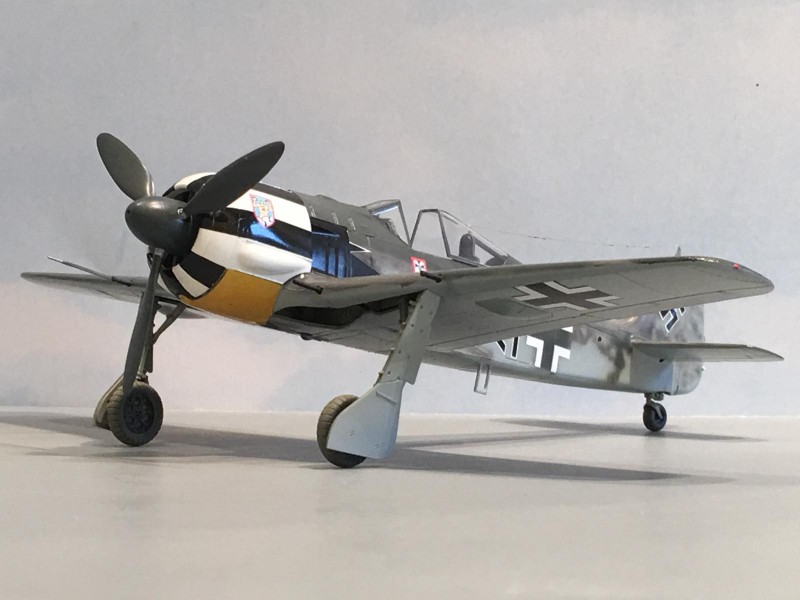
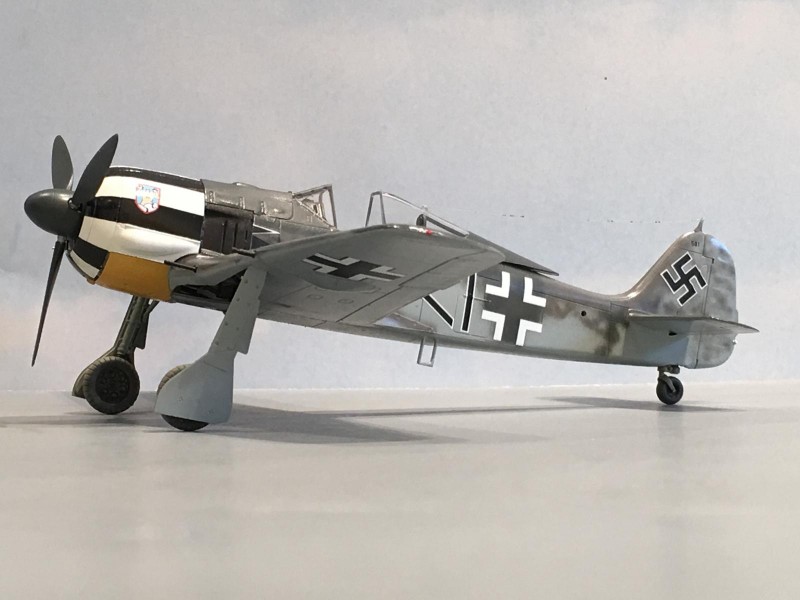
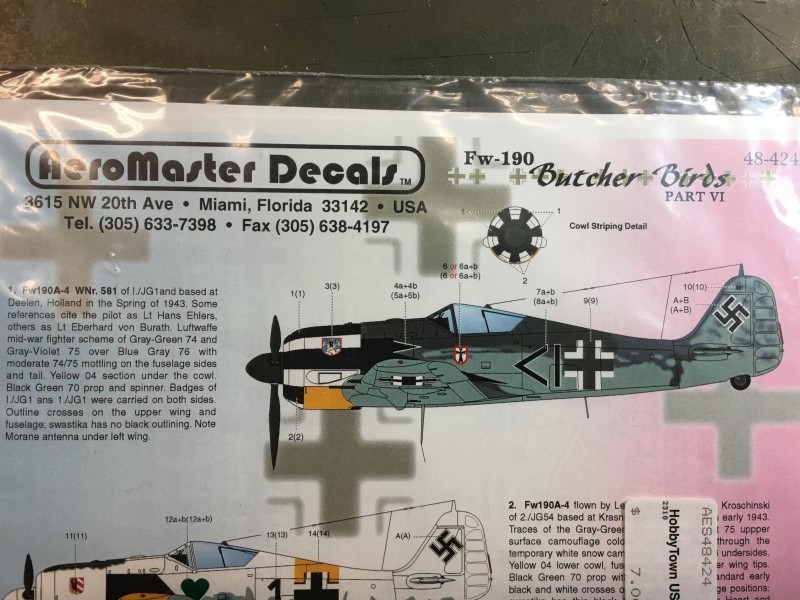
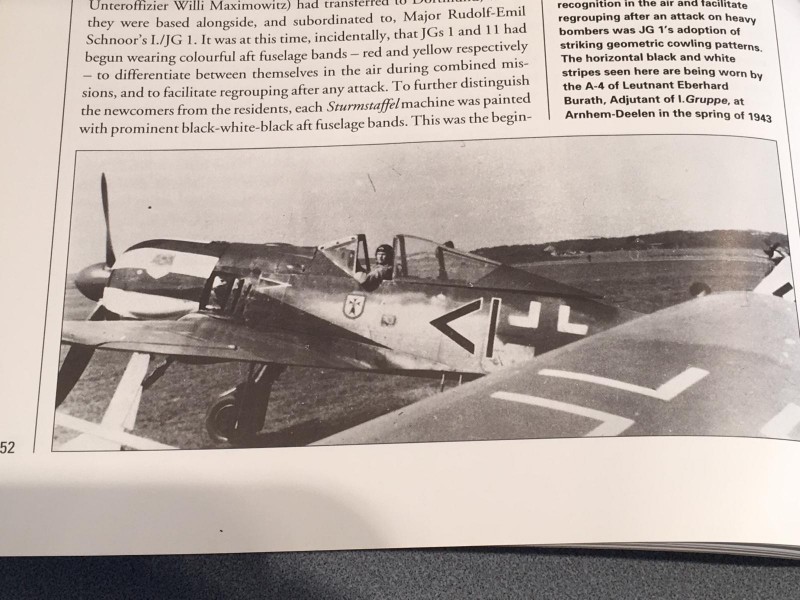
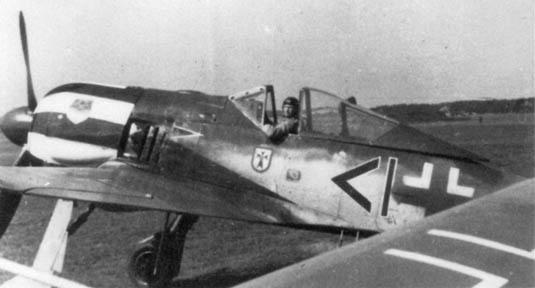
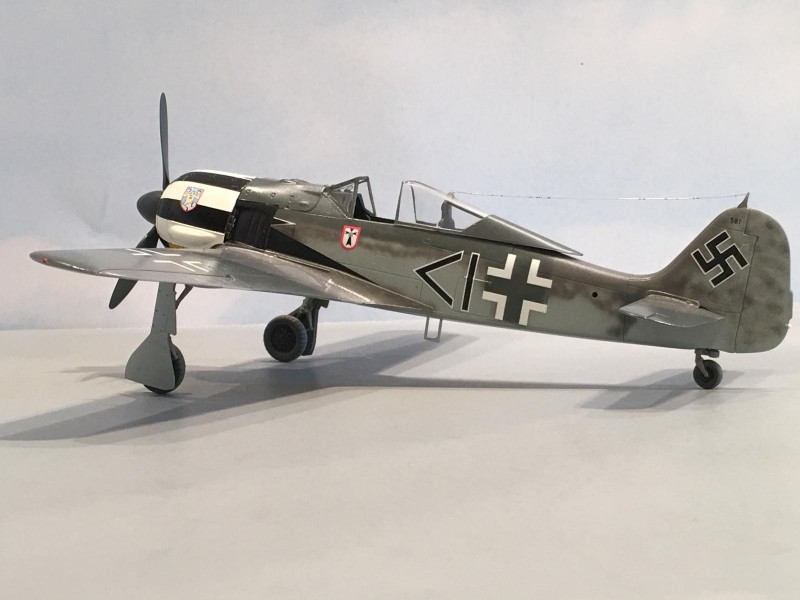
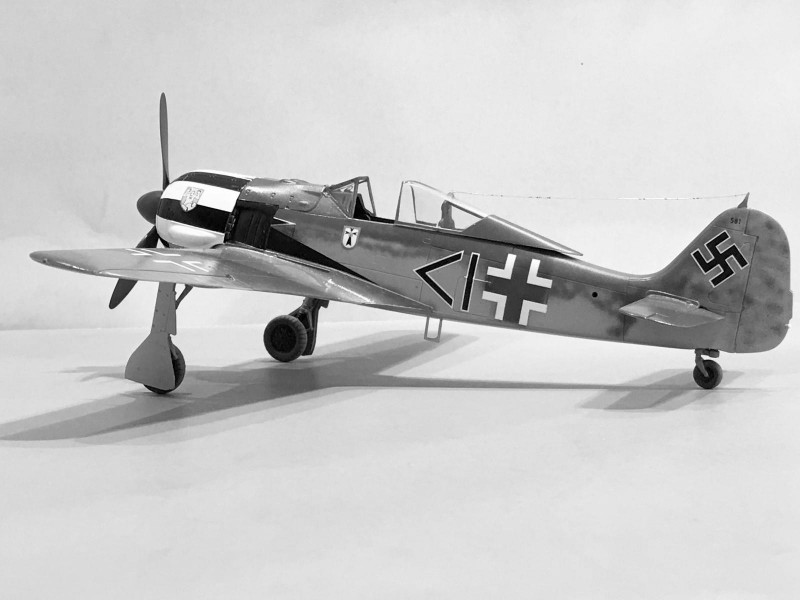
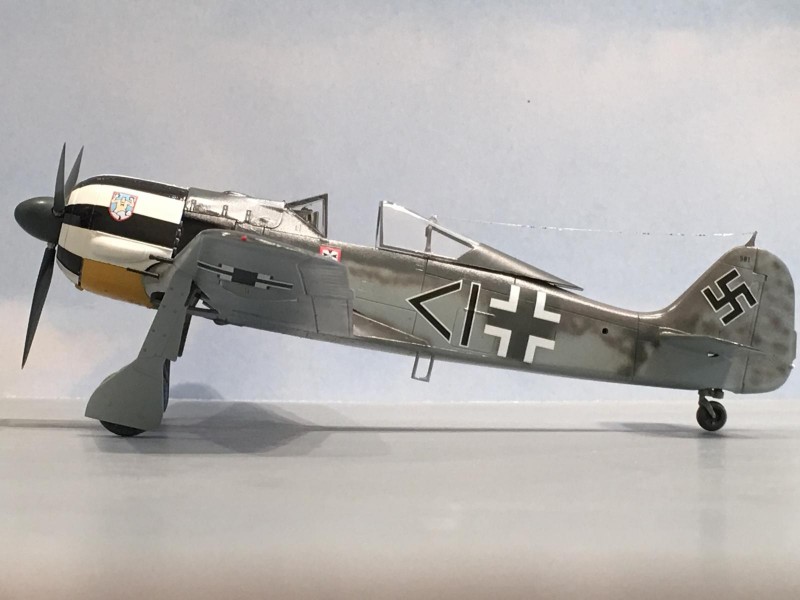
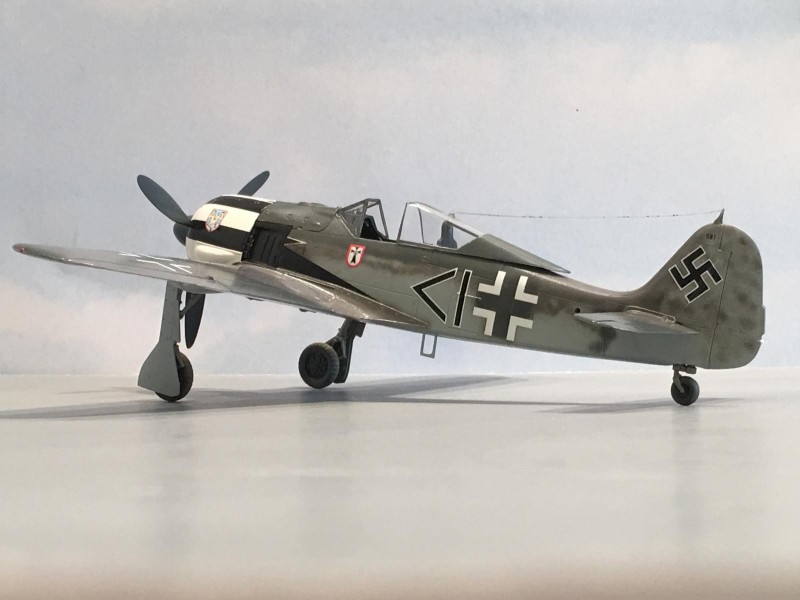
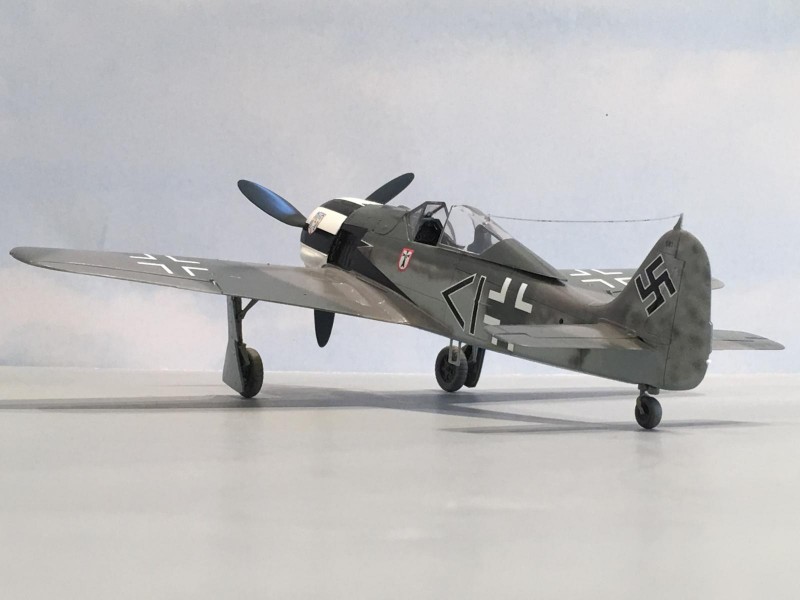



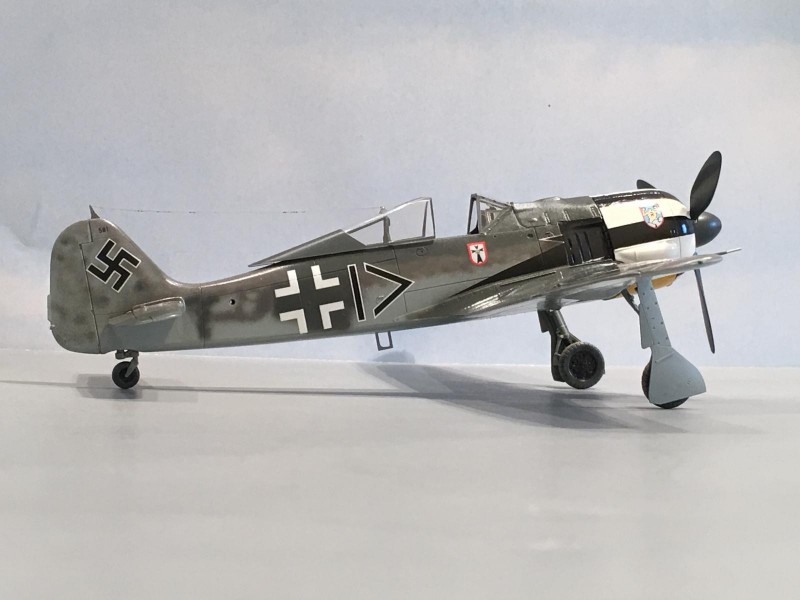
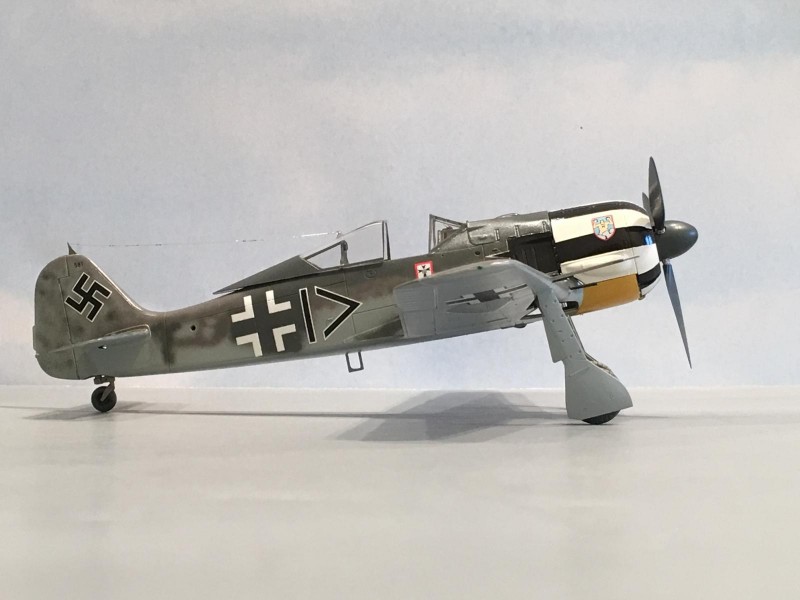
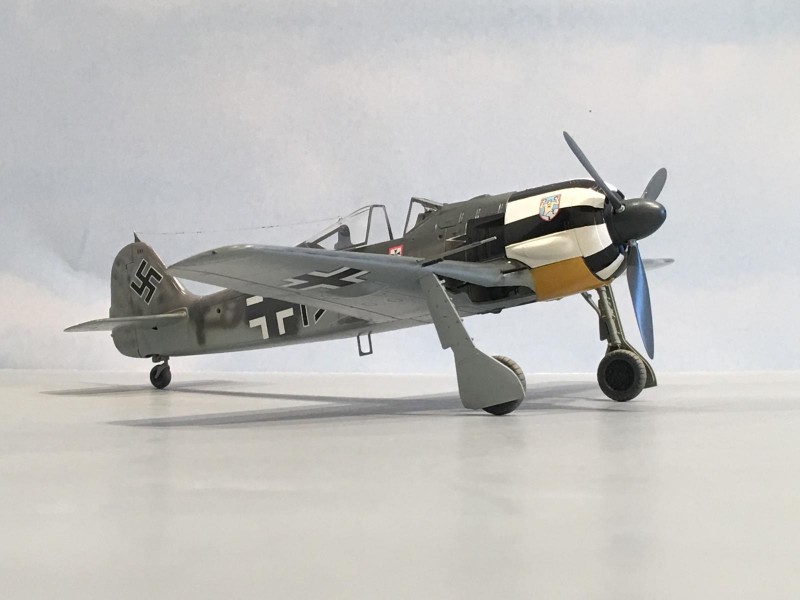
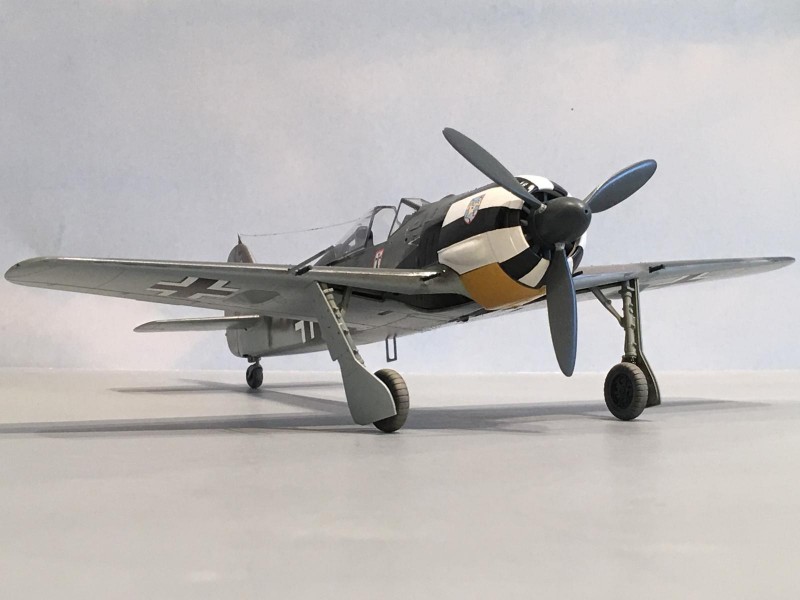
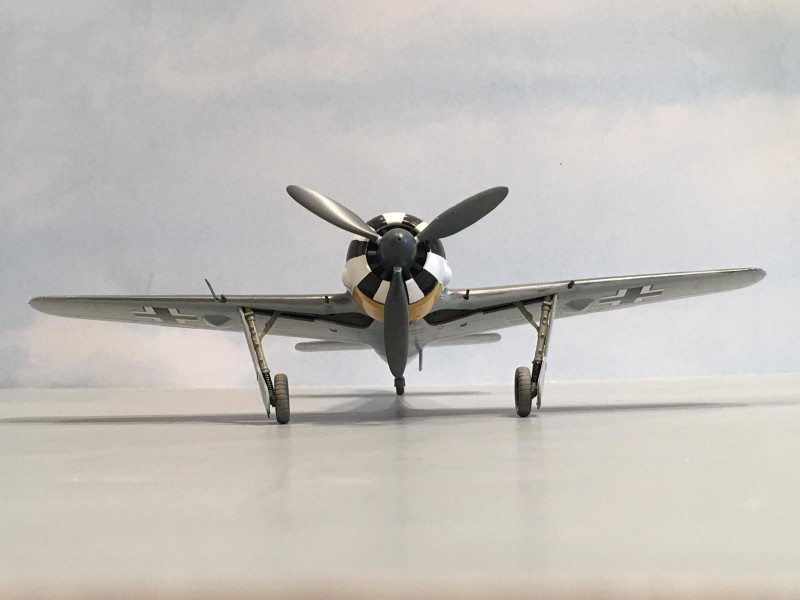
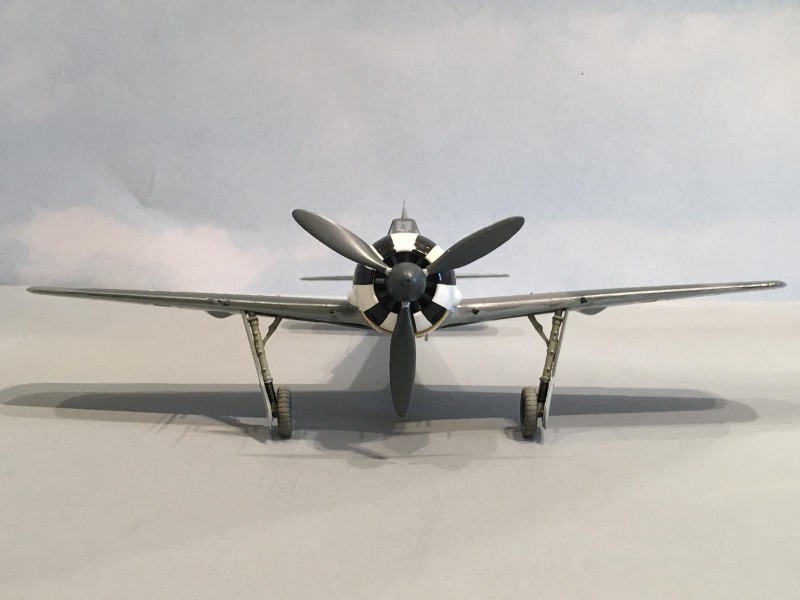

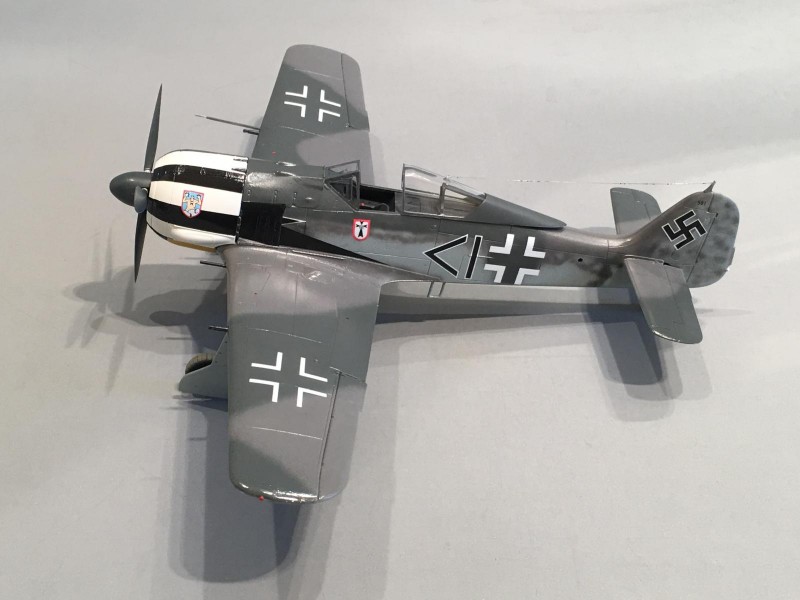
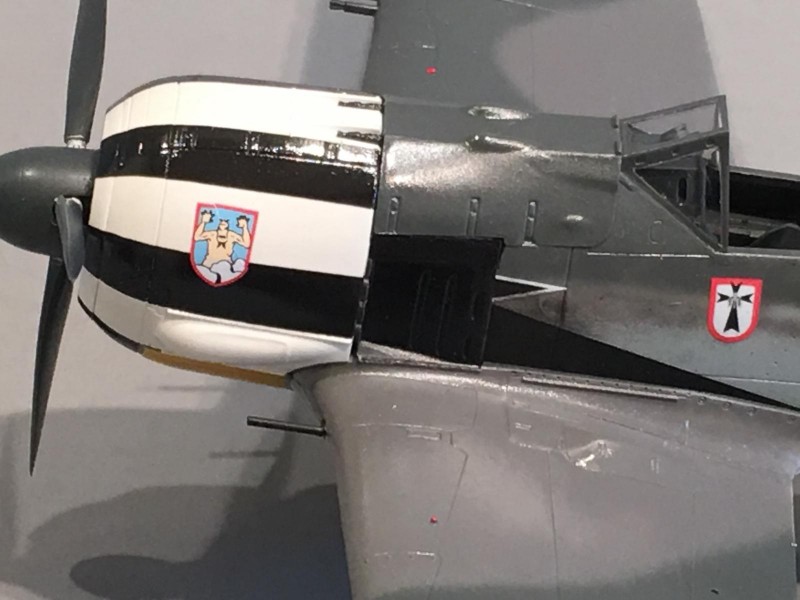
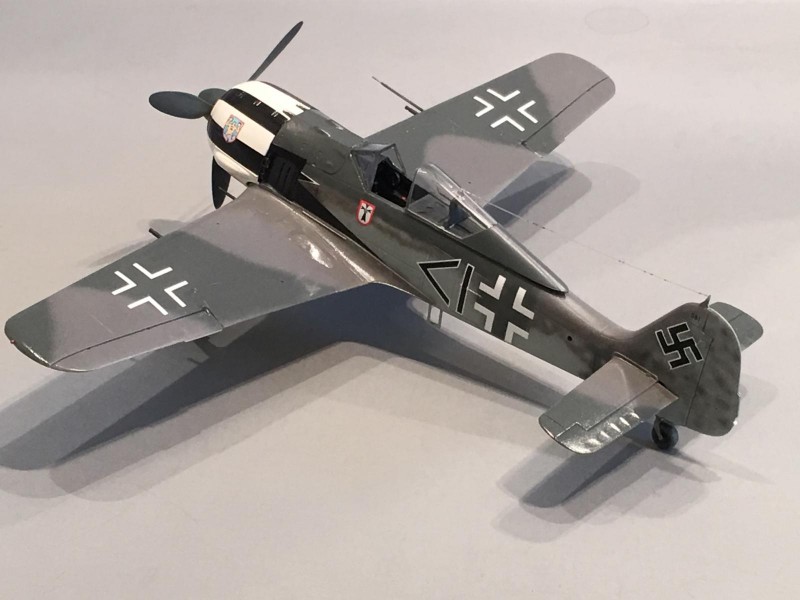
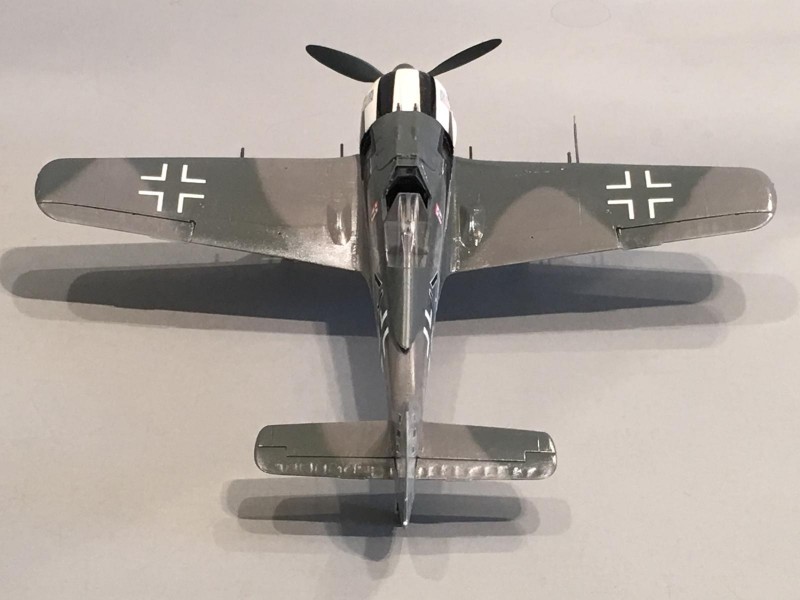
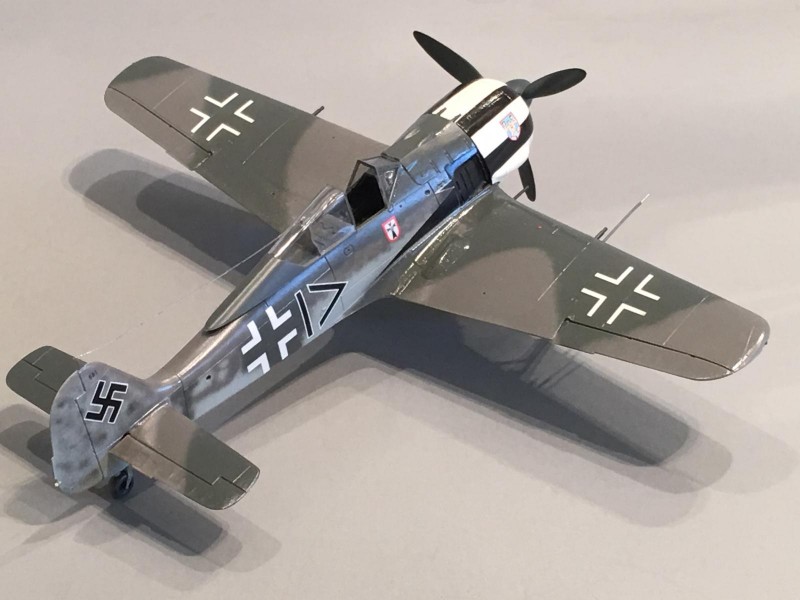
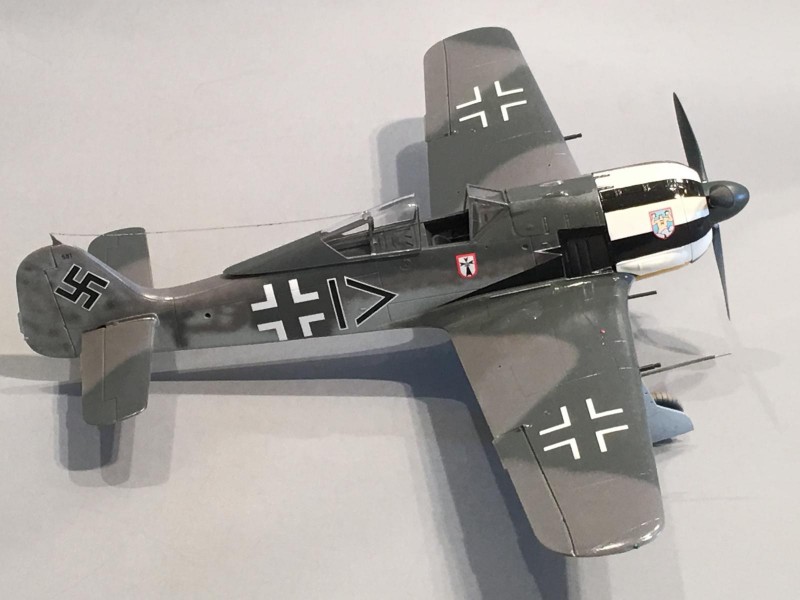
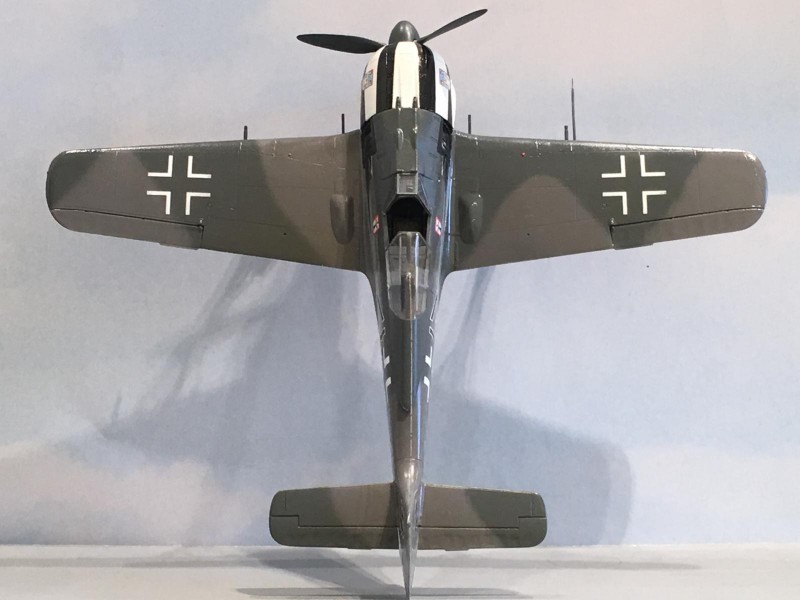

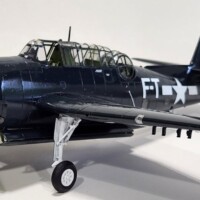
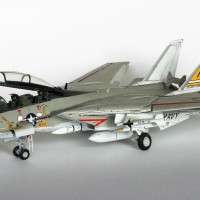
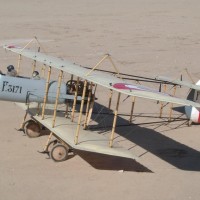
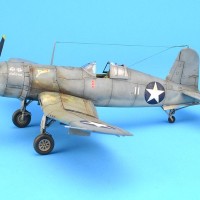
Another beauty, Louis...and a nice presentation as well.
Thank you Craig ! I have another Wurger to post up in a day or so. It will be followed up with a Me-262, so please stay tuned my friend.
Looks really nice, Louis.
Thanks Rob. I'm glad you like it...
Calling me a "coach" for this build is like calling my dear old dad a coach for the 1977 national championship Notre Dame football team because he was cheering for Joe Montana! But I appreciate the kind words, Louis.
What a fantastic build. I absolutely love the jester paint job, back and white nose on grey overall. Gorgeous.
Well "Coach",
You were there posting right along with the rest of us during the entire GB. You're friendship and support helped out more than you know along the way...
I sincerely appreciate how you conducted the GB. I had a blast participating, and that's how it should be.
It's great to hear from you, and thanks for the compliments.
Louis, Wunderbar! I have yet to build the Tamiya B.B. but it's in my stash and I hope to it justice as you did.
Thank you Gary.
I say go for it and give the Tamiya kit a try. I always have enjoyed building these Tamiya versions.
Some "Wurger Experts" have said (and shown) that the plane sits a little different than it should, and the main wheels and spinner may be off just a little. However 99.9 % of people will not even know. The out of the remaining .01 percent, 99.9 percent of them won't care.
I say go for it and have a good time with it. I'd love to see it done.
Are you up for a future possible 190 Group build ? Maybe next year some time ?
Well done Louis, it looks good with the Jester nose art.
Thanks Tom, and your "Red Tail" Mustang is a real beauty ... I guess it does look like a Jester now that you mentioned it.
From what I have read it was supposed to be some sort of a "Sky Devil", possibly based on Norse mythology.
Louis,
Or should I say La Machine, when it comes to making models. Great read and model. I noticed that from the photo you can make out a glossy surface on the wings of the real bird. Or you can see a reflection which may indicate that unit was using glossy paint or perhaps waxing their aircraft's wings. Two, one of the reasons the Germans where so successful in taking down B-17's prior to adequate fight er escort ( the P-51) was, through the use of cannons. A pilot could stay out of the range of the 50's and live another day. Given the record of Lt. Burrath's kills and the number of times he was shot down it would seem that he was driving up to the bombers and pulling the trigger. Ergo well with in range of the 50's.
Keep up the good work Louis.
Ha ha thanks Stephen,
La Machine huh ? Good one...
Yes I have noticed that most factory fresh Luftwaffe planes had a gloss (or semi gloss) finish on them when new. Naturally it faded with use and exposure to sunlight to a more flat shade.
This is why I kept the weathering down to a bare minimum on this one. Here's another photo I found in one of my Squadron books on the 109 "In Action" series...
Check out the shine ! You can actually see a very good reflection of the pilot standing next to it ...
and in the middle of this page they talk about it, even going into details about the pilot standing next to the "saw tooth" camouflage.
As far as staying out of range of the .050 caliber MG, that's pretty hard to do even when the Germans had 20 MM and later 30 MM cannons installed in their planes. I have personally fired .050 cals many times. They will shoot with a flat trajectory and not drop even 1/8 of an inch in 1,000 meters ! I forget what the effective range is, but "Ma Deuce" is very good at what she does... Her "Bark" isn't nearly as bad as her "Bite". Trust me on that one...
From what I have been reading about how the Germans attacked the bomber boxes, they did several things. When they had them available, they would fire the 21 CM mortars into the group of bombers, hoping to break up the tight formations. (The defensive fire from about 30 or so "Ma Deuces" had to be horrific to encounter.) This would make it easier to pick off single planes that left the "Box".
Then they would fly in line abreast from the front most often. This offered a better chance at downing a bomber. The pilots, and engines were most vulnerable from this position, plus the defensive fire was weakest from the front in the earlier Forts and Liberators. That's one of the main reasons why the Americans added the chin turret and a regular turret to the noses of later model B-17's and 24's.
When they reached a certain range from the target aircraft they opened fire. This was supposed to be simultaneous but rarely happened this way. The new inexperienced pilots often fired too quick and broke away too soon. The "Old Hares" as they called themselves, carried the attack right up to the last split second.
The main drawback to this method was the rapid closing time as the planes would come into view and be gone before you knew it.
I'll be writing a little more about this on my next "Wurger" installment...
Thanks again !
Really nice Louis! Well done.
Thanks James ...
Another fantastic "190" Louis. Great work on the colors and the black and white cowling stripes. Interesting history and as I found out Lt Burath was stationed in the Netherlands at the various occupied airfields. Schiphol-Amsterdam, Woensdrecht, still active with the Netherlands Airforce today, and Deelen near Arnhem which is no longer in use. I also found out that he survived the war, and according information in Germany, died in Flensburg Germany on 3rd of Oct 2001.
Ferry my friend,
Thanks for the compliments. I sincerely appreciate the follow up information on Lt. Burath. I just found a photo of him...
I'm thinking about adding this picture to the article to bring a little more life into it.
That is amazing how you found out all of that about him. I didn't know if he survived or not, so thanks for letting me know. (I often wonder about the fates of the men who flew these machines that we build models after...).
To top it off, some of the airfields he flew from are still active.
There were many WW2 US Army and Navy airfields nearby in the general area where I currently live. Most have been turned into civilian airports now, but a few have been built upon and now contain houses or shopping malls.
Thanks again my friend.
Very very hot 190! Really fine job.
Thanks Paul. I enjoy looking at your models too. You do some mighty fine work yourself !
Well done Louis. As Ferry said, he survived the war. Here is his career summary and if you are really interested in a brief summary of Luftwaffe pilots, download the book shown from here, it's free for those who do research and updated every year, several thousand pages.
http://www.ww2.dk/lwoffz.html
2 attached images. Click to enlarge.
George that is an amazing web site!
I spent some time looking at the information they provided on individual pilots. I sincerely appreciate this link, and now it's bookmarked !
There's literally tons of information there. It is laid out nicely and is something I will be spending more time at...
Thank you ...
Very distinctive scheme, just really pops. You got the mottling down as well. Great job, crisp details and also the camo is well done. Your work is quite inspirational Louis, taking a very good kit and elevating it to a level that is simple in approach. Yet achieve a very nice model. It shows in your work. I have built all the Fw-190's I had except for the Ta-152, which is the reboxed DML/Trimaster kit in the Italeri boxing minus white metal, PE parts. May just put that in the plan to build list for next year, which is less than 5 months, gee wiz. Thanks for sharing.
Thanks Chuck for the compliments !
Believe it or not, I have never built a TA-152... I have a few different versions in the stash along with quite a few long nosed Dora's. I do plan on building up some in the future. Possibly sometime early next year ?
Maybe we can start another Group build with 190's... Think about it. I'm in if it goes.
Think about it. I'm in if it goes.
Yes this year has literally flown by. Where did it go ?
Another masterpiece, Louis! Great work!
Thanks Robert !
that's two fine pieces of work...the model and the article
Thank you very much Bob.
Great job on the Wurgers buddy!
Thanks Robert. I sincerely appreciate the compliment. By the way, the ICM Ju-88 is inching closer towards the building table ... hint hint. Thanks again for helping out with the kit instructions !
You're very welcome. Looking forward to the Ju-88 build!
Another nice build Louis, and that nose is really striking!
Coming to this topic really late, but would like to add this info about Burath:
6 B-17 bombers. One Pe-2. On 11 March, 1943, he survived a crash at Deelen Holland in his Fw 190, # 5555, thought to have been sabotaged. Opposed the 306th BG on 21 May 1943 in I/JG-11, and scoring his 1st victory, a B-17 100 km north of Ameland. Is a strong choice to have downed Lee Kessler. His 2nd, a B-17 on 26 July, 1943. On 28 July, 1943, his A-4 Wk# 2339 was lost at Augsbuurt Holland, cause unknown (DeSwart). He was uninjured in a force landing on 28 July , 1943 after combat with a B-17 near Groningen. His 3rd, a B-17 near Paderborn on 11 January, 1944. His 4th, a B-17 (HSS) N of Gifhorn on 10 February, 1944. His 5th, a B-17 in the Braunschweig area on 23 March, 1944. A 6th, a Pe-2 on 22 March, 1945, flying the Bf 109K. Flugbuch entries from 12/42 to 4/45. Letter on file. As of 2001, living in Flensburg, near Kiel. Deceased 3 October, 2001.
Probably no site is 100% complete or accurate, but this one has the most info on individual pilots that I know of - just be sure to spell names correctly and click the Contains Word marker:
https://aircrewremembered.com/KrackerDatabase/